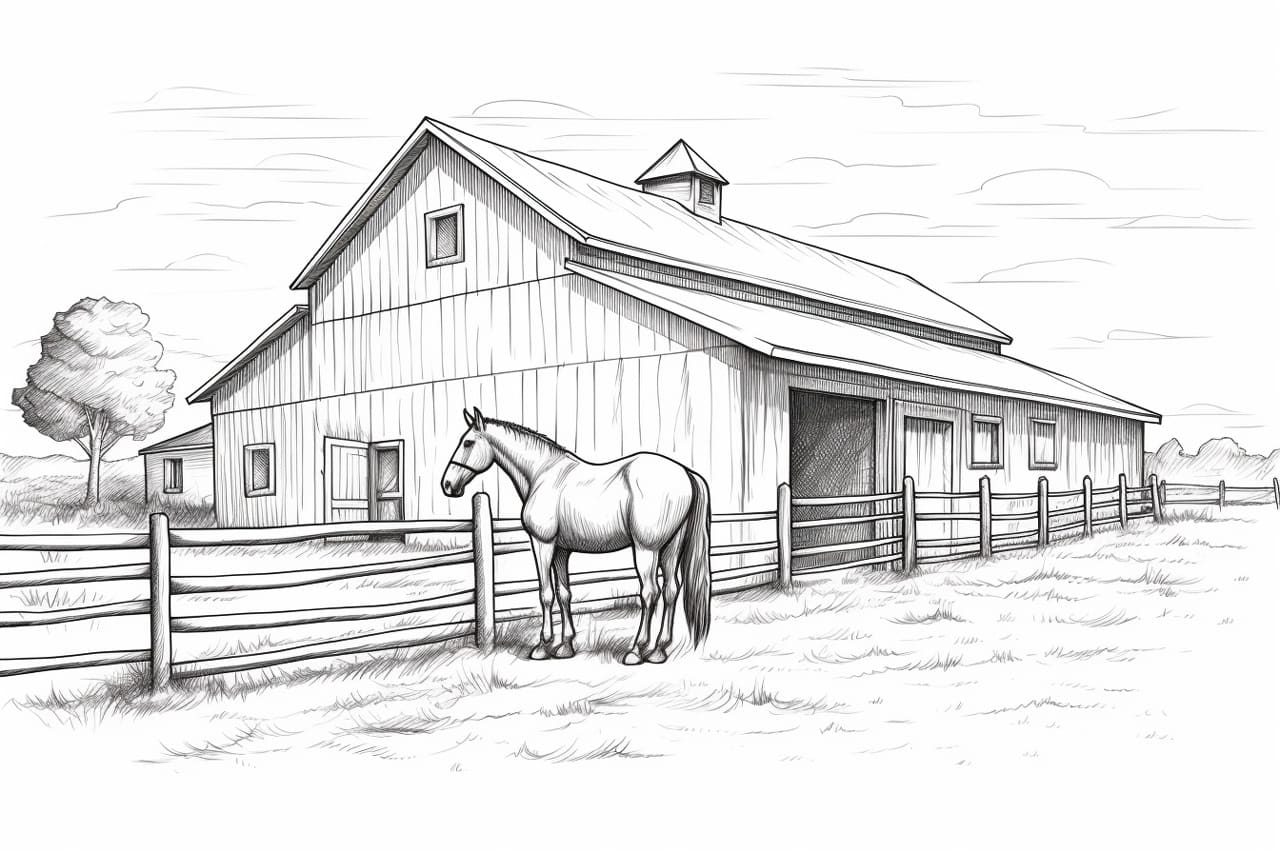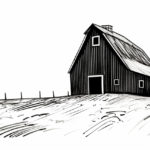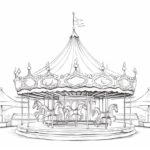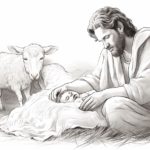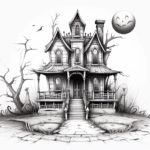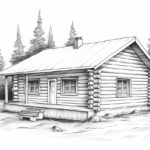Drawing a stable can be a challenging yet rewarding experience for any artist, regardless of skill level. The rustic charm and serene atmosphere of a stable make it a compelling subject to capture on paper. From the intricate details of the wooden beams to the gentle sway of the hay bales, there is no shortage of inspiration to be found within the walls of a stable. In this guide, we will explore some tips and techniques to help you bring your stable drawing to life, from creating depth and perspective to capturing the unique character of each element in the scene. So grab your sketchbook and pencil, and let’s embark on a journey to master drawing a stable.
Materials Required
To draw a stable, you will need the following materials:
- Drawing paper or sketchbook
- Pencils (different grades for shading)
- Eraser
- Ruler (for straight lines and proportions)
- Drawing pens or markers (optional for outlining)
- Reference images of stables (for inspiration and guidance)
- Coloring materials (such as colored pencils or markers if you wish to add color to your drawing)
- Blending tools (such as blending stumps or tortillons for shading)
- Drawing board or surface to work on
- Patience and creativity!
How to Draw a Stable: a Step-by-step Guide
Step 1: Start with the Basic Structure
Sketch a rectangular shape for the main building of the stable. This will be the foundation of your drawing. Add a smaller rectangular shape on one side for the entrance.
Step 2: Add Roof and Doors
Draw a triangular roof on top of the main building. Include details like shingles or a weather vane to add realism. Draw two rectangular shapes for the stable doors, ensuring they are proportionate to the rest of the building.
Step 3: Include Windows and Details
Add rectangular or square shapes for windows on the sides of the stable. You can also add details like a hay loft door, wooden beams, or a sign with a stable name.
Step 4: Draw the Surroundings
Sketch a fence or pasture around the stable to give it context. Add trees, bushes, or other elements to create a more realistic setting.
Step 5: Add Texture and Shading
Use hatching or cross-hatching techniques to texture the roof, walls, and other stable surfaces. Add shading to create depth and dimension, especially under the roof and around the doors and windows.
Step 6: Refine and Detail
Go over your drawing and refine any proportions or details that need adjusting. Add elements like horses, equipment, or a barn cat to bring the stable to life.
Step 7: Final Touches
Finish your drawing by adding any final touches, such as highlights, shadows, or additional textures, to enhance the overall look of the stable. Step back and make any final adjustments before considering your drawing complete.
Conclusion
Congratulations on completing your drawing of a stable! Your attention to detail and use of shading brought the scene to life. Remember, art is a journey; each piece you create will help you grow as an artist. Keep practicing, experimenting, and pushing yourself to try new techniques. Your hard work and dedication will continue to pay off as you progress on your artistic journey. Keep up the great work, and never stop creating!
Fun Facts About Stables
- Stables have been used for housing horses and other livestock for centuries, dating back to ancient times.
- The design and layout of stables can vary widely depending on factors such as climate, culture, and the number of animals being housed.
- Stables are not just functional buildings but can also be aesthetically pleasing structures, often featuring architectural details and decorative elements.
- Many stables have modern amenities such as automatic waterers, temperature-controlled environments, and security systems.
- Stables can be a hub of activity and social interaction for horse owners and enthusiasts, providing a sense of community and camaraderie.
- Some stables offer additional services such as riding lessons, training, and boarding, making them a one-stop shop for equestrians.
- Stables can play a role in therapeutic activities such as equine-assisted therapy, which has been shown to have numerous physical and mental health benefits.
- The care and maintenance of a stable requires specialized knowledge and skills, making it a unique and rewarding profession for those in the equine industry.
- Stables can be found in various settings, from rural farms to urban areas, showcasing the diverse ways horses are integrated into our society.
- Stables have a rich history and cultural significance in many parts of the world, reflecting the deep bond between humans and horses throughout history.
Suggestions for Scenes and Settings for Stable Drawings
Certainly! Here are some suggestions for scenes and settings you can use as inspiration for drawing stables:
- Traditional Wooden Barn: Draw a classic red wooden barn with a pitched roof, hayloft doors, and a weather vane on top.
- Rustic Farm Stable: Capture the charm of an old stone stable with wooden beams, a dirt floor, and sunlight streaming in through the open doors.
- Cozy Horse Stall: Focus on a single horse stall with a horse peeking out, a water trough, and a pile of hay in the corner.
- Equestrian Center: Illustrate a modern equestrian center with multiple stables, an indoor arena, and riders practicing jumps.
- Country Landscape: Include rolling hills, a meadow of wildflowers, and a small stable nestled among the trees in the distance.
- Western Ranch: Depict a rustic western ranch with wooden fences, cowboy hats hanging on the wall, and horses grazing in the pasture.
- English Stable Yard: Show a neat and orderly English stable yard with brick buildings, neatly stacked hay bales, and grooming supplies lined up.
- Winter Scene: Set your drawing in winter with snow-covered roofs, icicles hanging from the eaves, and horses wearing cozy blankets.
- Sunset at the Stable: Capture the warm glow of a sunset over the stable, casting long shadows and creating a peaceful atmosphere.
- Fantasy Stable: Let your imagination run wild with an unbelievable, stable scene featuring unicorns, dragons, or other mythical creatures.
Feel free to mix and match these suggestions or add your creative twists to create unique and engaging drawings of stables.

